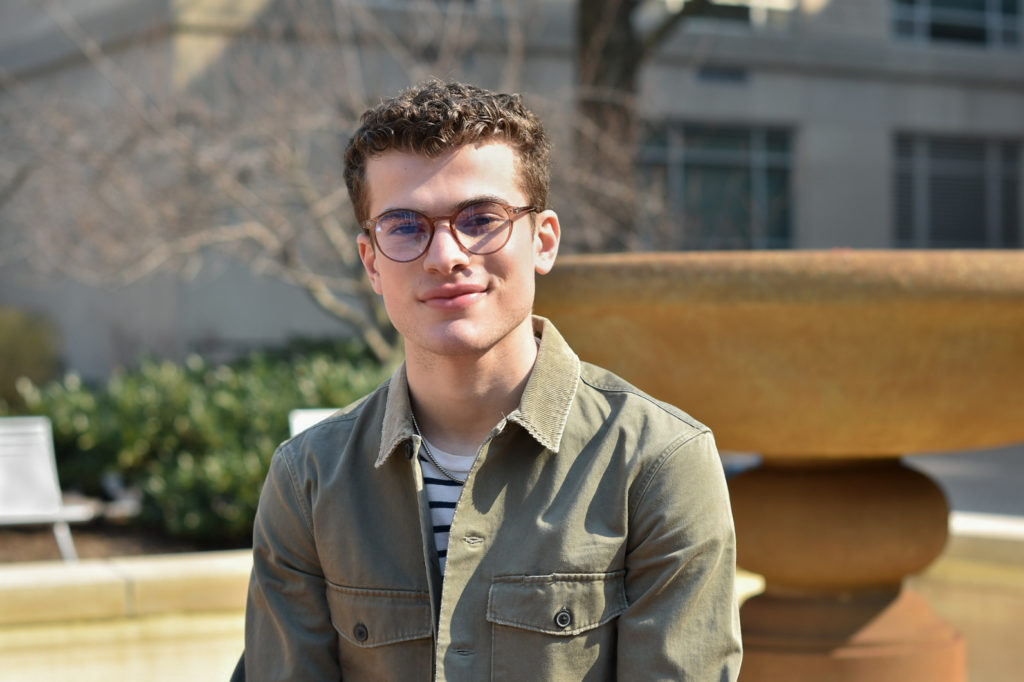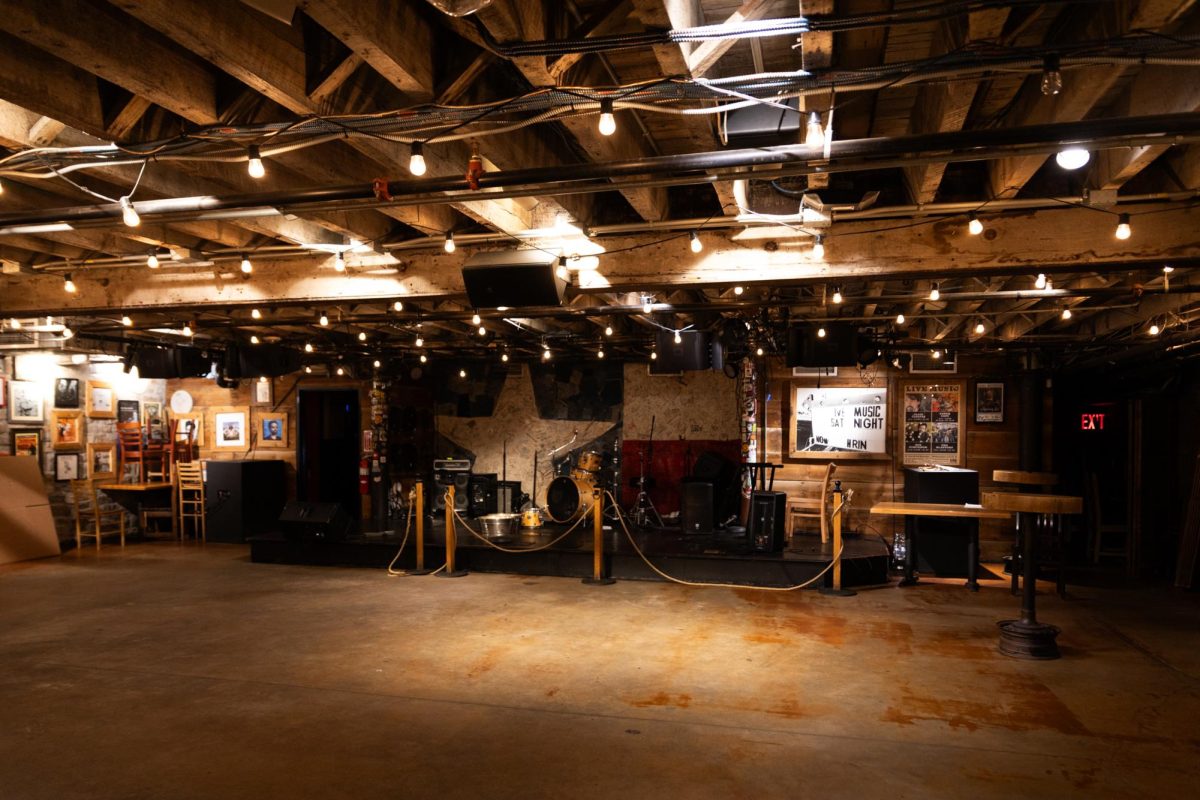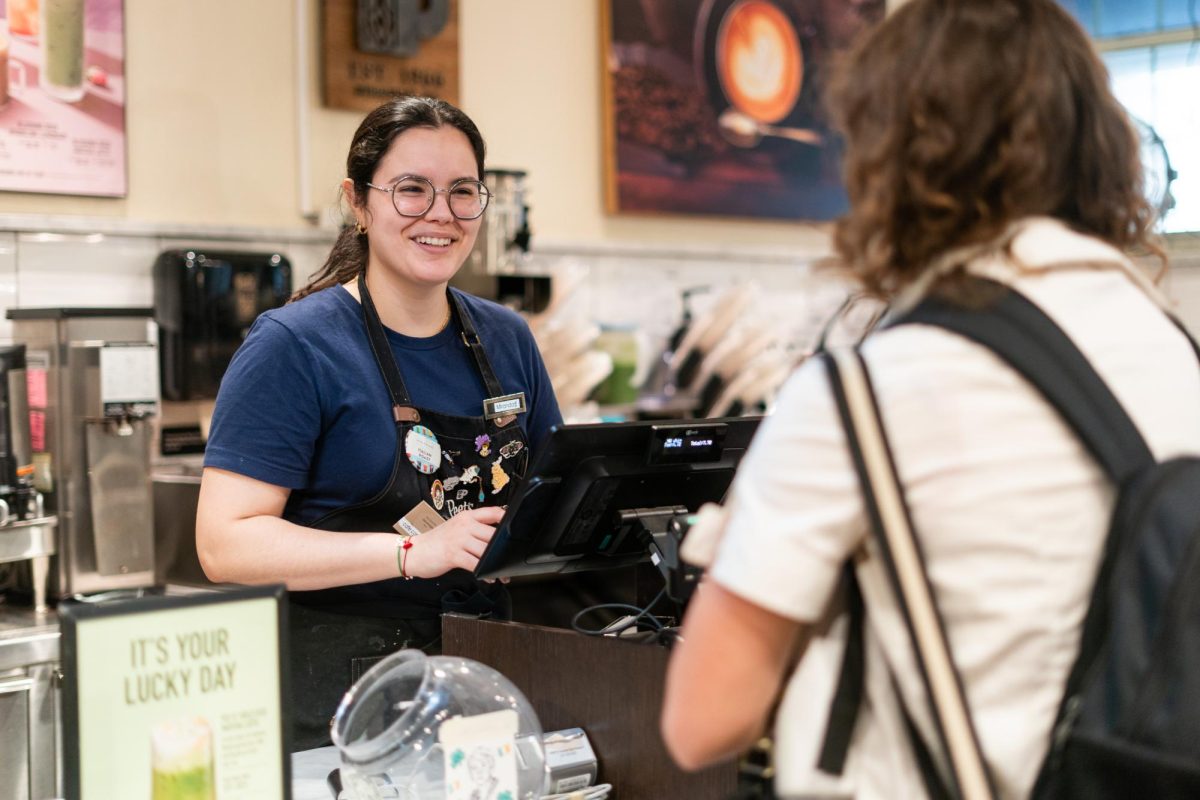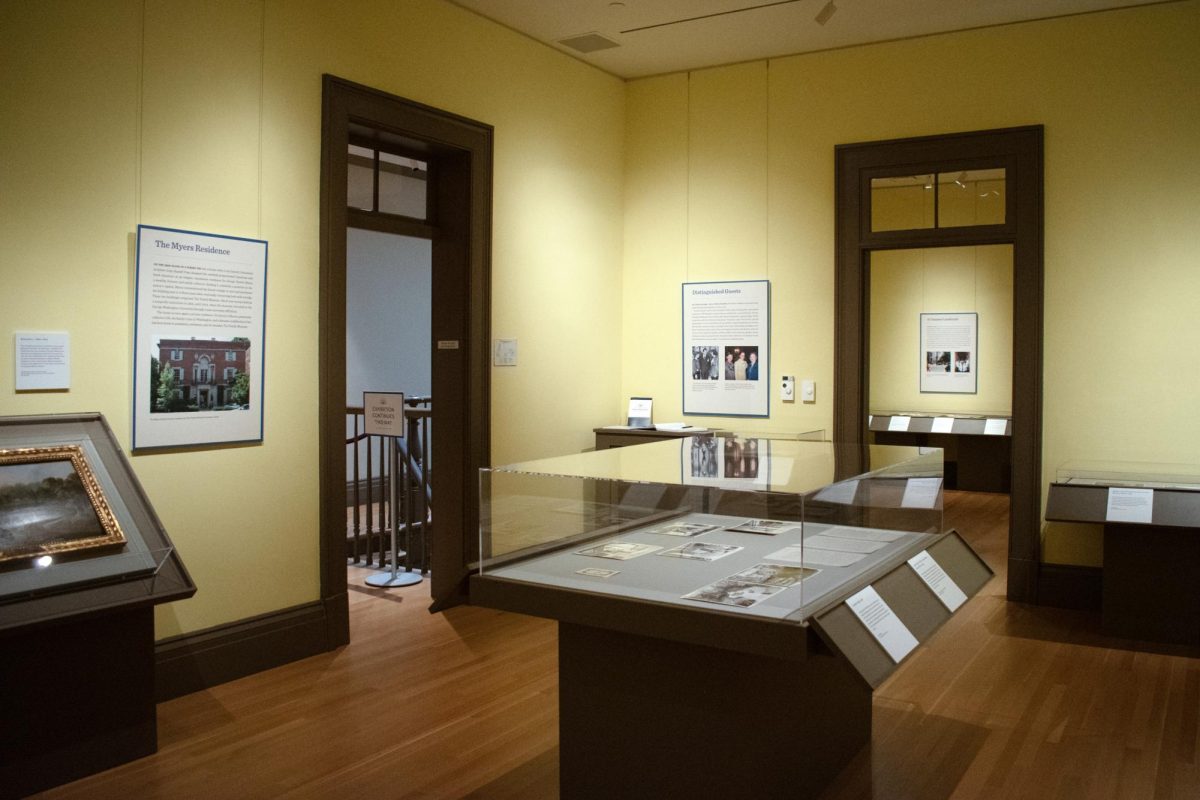The Smithsonian’s first choreographer-in-residence and a GW dance professor is bringing a new show to the National Portrait Gallery modeled off a recently opened exhibit.
Accompanying the gallery’s new exhibition “John Singer Sargent: Portraits in Charcoal,” professor Dana Tai Soon Burgess’ dance company is working on a 30-minute performance to reflect the portrait artist’s depictions of people of the 20th-century United States. Three GW students – sophomore Aaron Mancus and juniors Aleny Serna and Katie Auerswald – are joining the dance company on stage for the performance next month.
“I’m interested in his approach to capturing images, to capturing beauty and what was that relationship to his personal life,” Burgess said about Sargent. “The characters from very specific paintings of his over the years will be represented in the dance, almost like moving paintings in a sense.”
The exhibition, “John Singer Sargent: Portraits in Charcoal,” is open from Feb. 28 to May 31 and is the first major exhibition of Sargent’s work in 50 years. The dance “Reflections of Sargent” will be performed in the National Portrait Gallery’s Nan Tucker McEvoy Auditorium three times – on April 5 at 2 p.m., April 7 at 6 p.m. and May 10 at 2 p.m.
Burgess said he focused the upcoming performance on some of Sargent’s famous portraits, including “Madame X,” “El Jaleo,” “Egyptian Woman” and “W. Graham Robertson.” He said each dancer will represent a different subject of a portrait through their makeup and clothing.
To prepare the dances, Burgess said he spent time researching the artist’s work, meeting with historians and curators at the gallery and reading about Sargent’s life. Through that research, he said he learned about Sargent’s Edwardian and romantic painting styles that he wants to shine through in the dance.
The 30-minute piece will consist of duets, trios and group dances set to the music of composers Erik Satie and Federico Mompou, he said.
“I think that he had a very romantic approach,” Burgess said. “He really embodies this Edwardian time period, and I feel that his paintings are very romantic in a sense, and there’s this under-riding sensuality and sexuality that is a through-line within his work.”
As the first-ever Smithsonian choreographer-in-residence, Burgess said he has needed to define his own role in producing his shows. The Smithsonian hired Burgess in 2016 to work with historians at the National Portrait Gallery to turn exhibit pieces into dance forms, which he said makes the art more accessible to audiences that learn kinesthetically or auditory.
“Part of the actual position of being the first-ever choreographer-in-residence at the Smithsonian is to really interpret exhibits, great pieces of art and portraiture, through dance in order to give the public a kinesthetic experience which allows for the work to be more accessible,” Burgess said.
Mancus, Serna and Auerswald – the three students – will dance in the show alongside the company. As a professor of dance at GW, Burgess said “dance is a field of mentorship” and he wanted to provide the students with an opportunity to work with a professional choreographer and perform on stage.
Mancus and Auerswald will perform a two-minute duet within the larger dance piece, in which Mancus portrays a soldier who was blinded by mustard gas and Auerswald portrays a “theater woman” who holds a lantern that guides Mancus, based off the woman in Sargent’s “La Carmencita.” They said that they held a private rehearsal with Burgess last week to learn their choreography and will continue to work with the company in the coming weeks.
The duo said they take class for about an hour and a half with Burgess and then break off to learn choreography for an additional two hours.
“I definitely think there’s a dynamic where he involves us and asks for our feedback, or asks us to maybe choreograph a little bit and then he’ll take what we do or see what we do,” Mancus said.
Mancus and Auerswald said apprenticing with the DTSBDC has helped them hone their skills and gain experience dancing in a professional environment.
“Now in the company rehearsals, if a company member does something really well, and he wants us to do it really well or do something like that, he’ll have them work with us for 10 to 15 minutes and work on that specific thing,” Mancus said.








